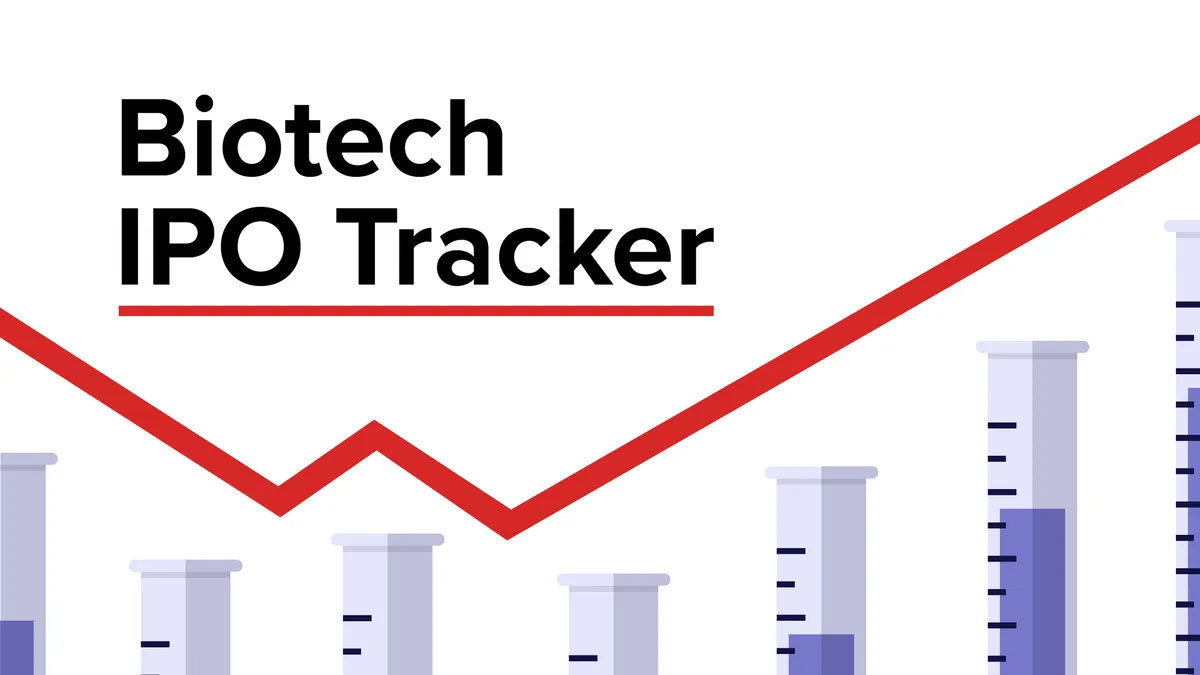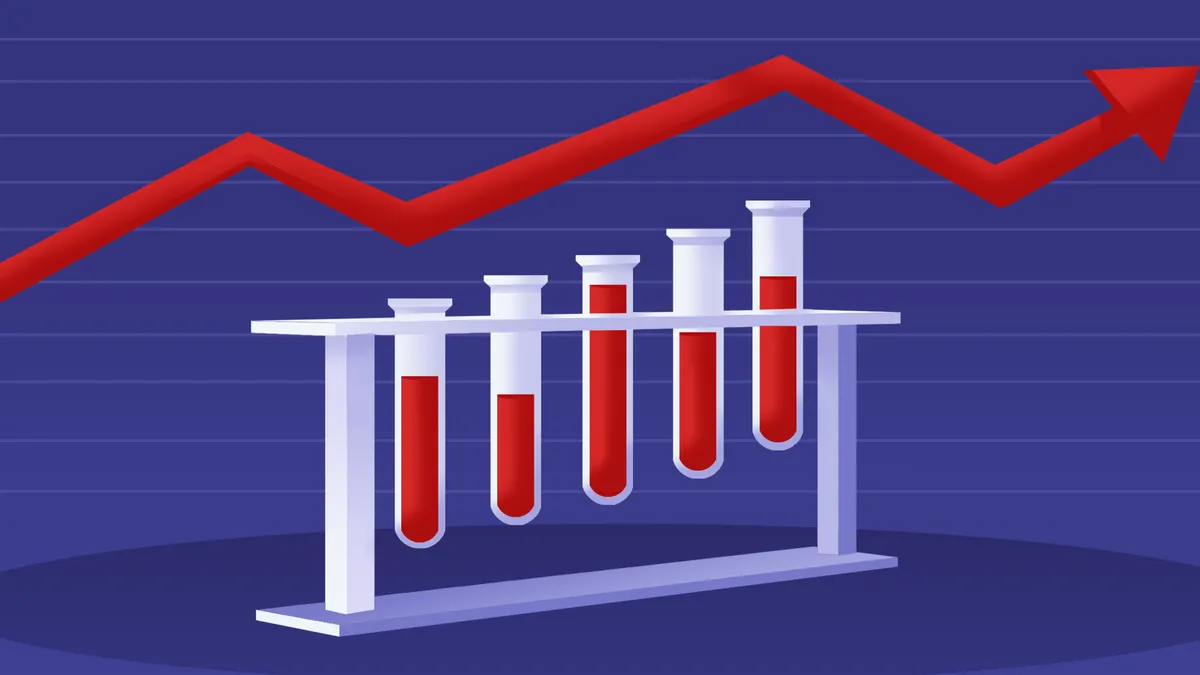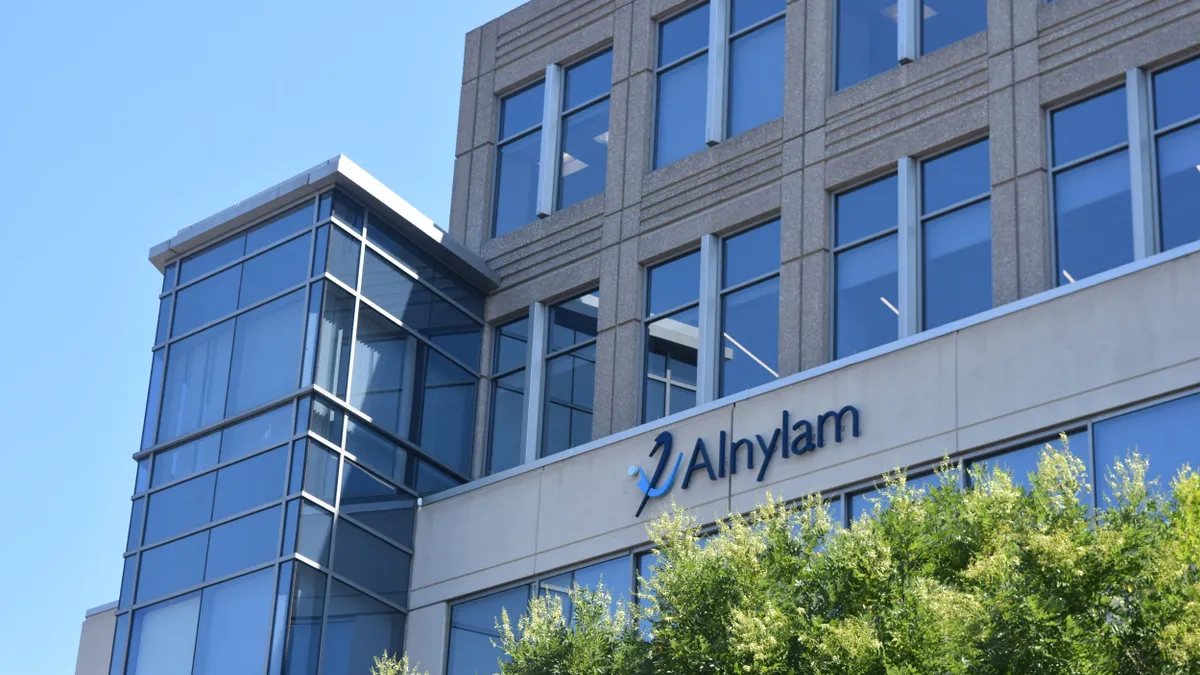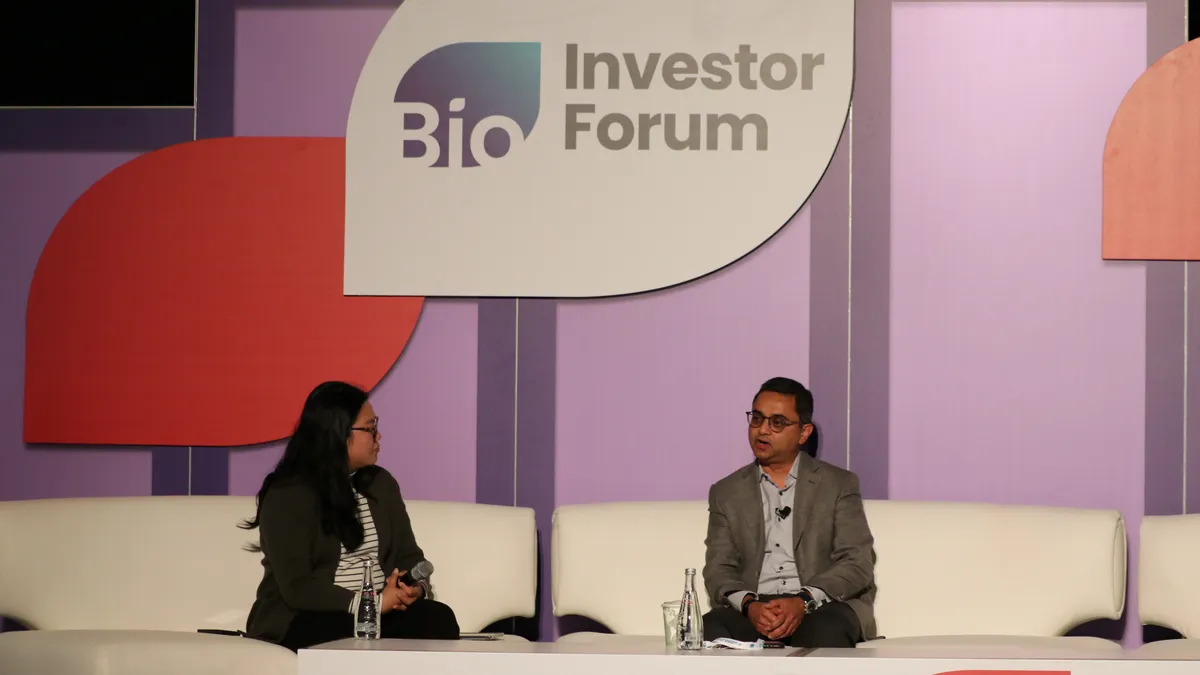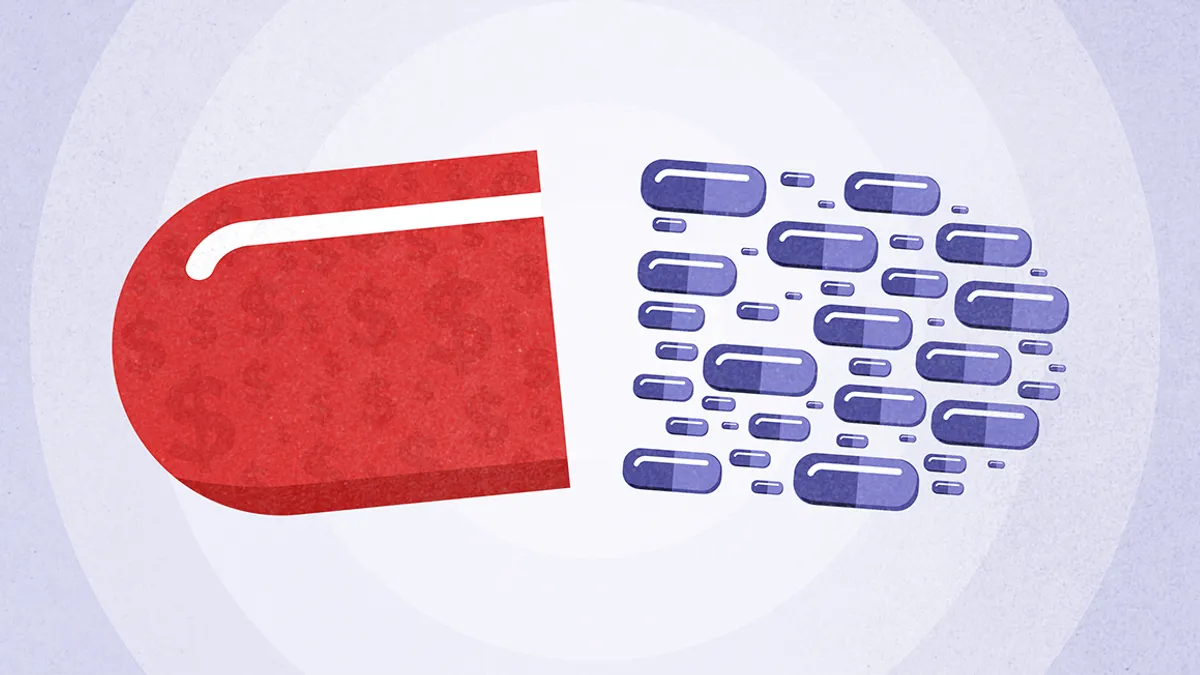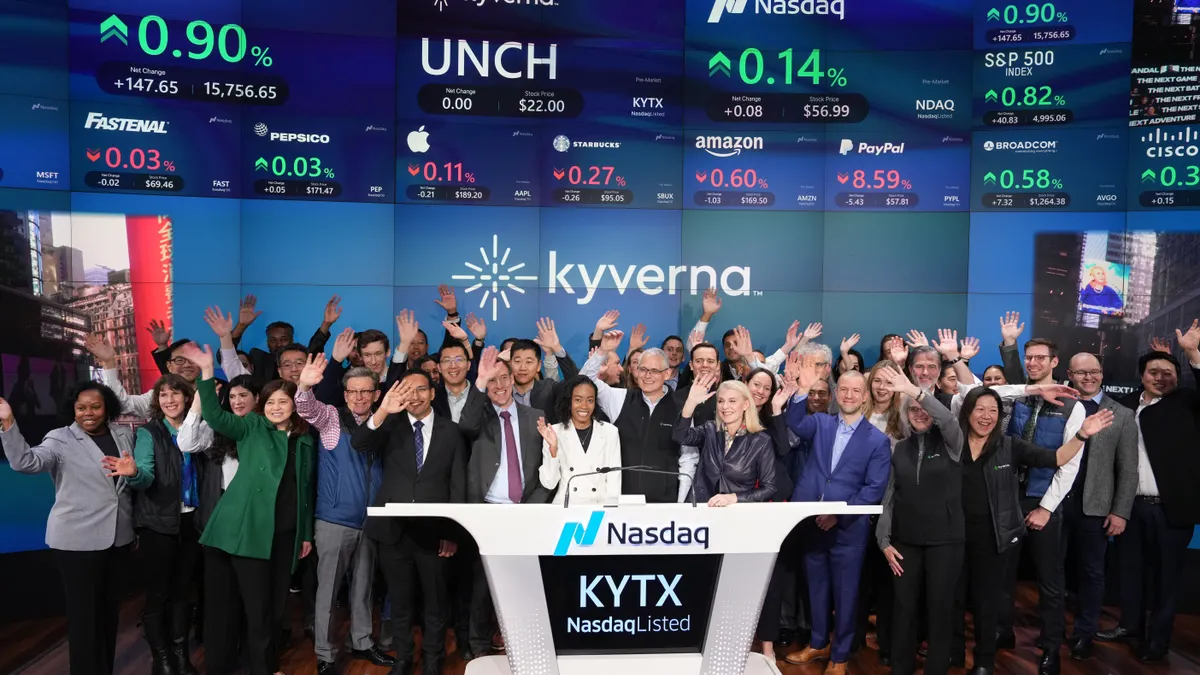Initial public offerings in the biotechnology sector have been occuring at a snail’s pace in 2023, prolonging a downturn that’s now lasted nearly two years.
Since January, only nine biotech companies have gone public, putting new stock offerings in the industry on the slowest trajectory in at least six years, according to BioPharma Dive data. Fourteen drugmakers had priced offerings by this time last year, but only 22 made it to Wall Street by the end of 2022.
Those numbers represent a sharp drop from biotech’s peak in 2020 and 2021, when 183 biotechs flooded the public markets and raised nearly $30 billion combined. They’ve also surprised some industry watchers who predicted investors would be more receptive to young drugmakers in 2023.
“It’s felt like Groundhog Day for a whole year,” said Michael Perrone, an analyst at Baird.
Even compared to before the pandemic, 2022 and 2023 have been slow. BioPharma Dive data show that, respectively, 54 and 47 biotechs priced offerings in 2018 and 2019, more than twice 2022’s total as well as this year’s current pace.
Between 2018 and 2021, at least 26 drugmakers had priced offerings by mid-year.
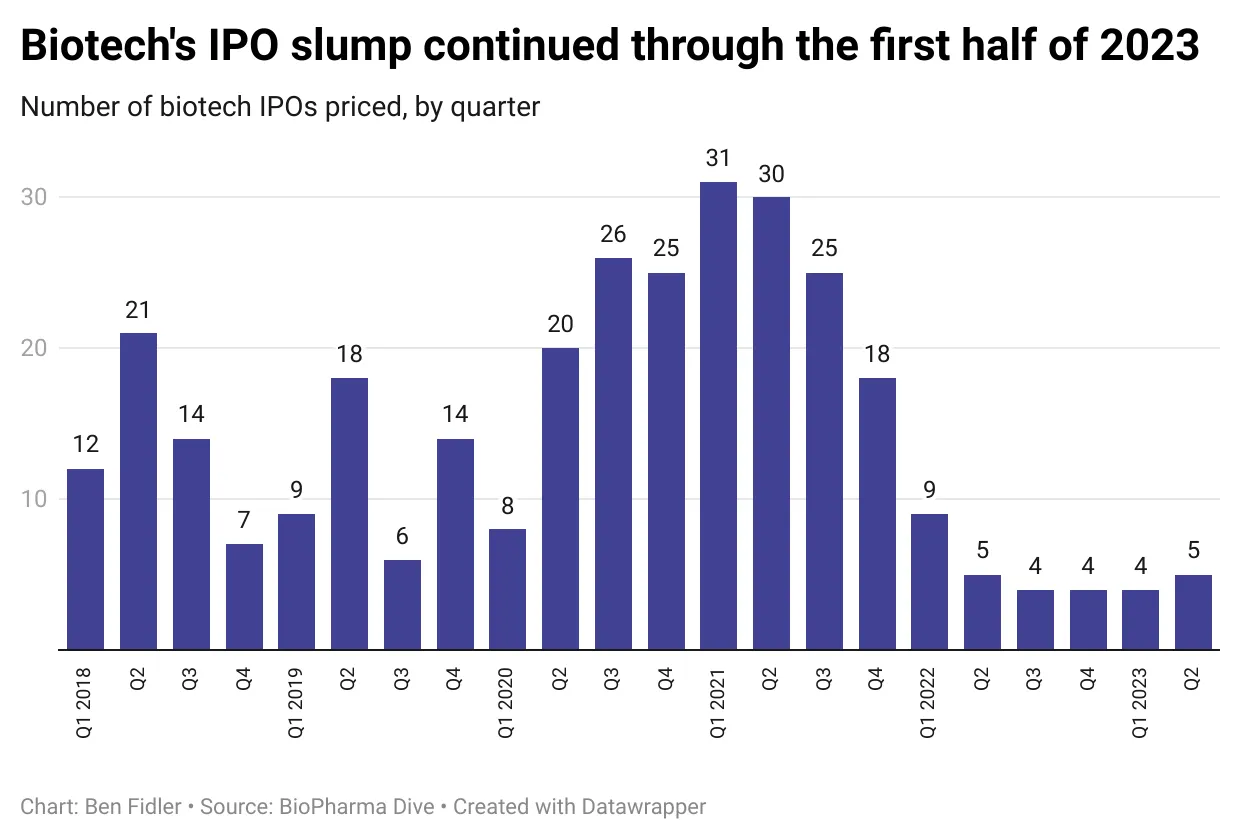
Though the sample size is small, the type of biotech companies now going public appears to have shifted.
About two-thirds of the drugmakers that priced offerings between 2020 and 2022 were in preclinical or Phase 1 stages of testing. Most trade well below their offering prices. By comparison, five of the nine that went public this year had medicines in Phase 2 studies or later, and almost all have held or added to their value.
The number of newly public cancer biotechs has dropped, too, with only 10 debuting over the last two years, versus nearly 90 in 2020 and 2021.
The year’s largest offering so far belonged to Kenvue, a consumer health spinout of Johnson & Johnson that raised $3.8 billion. The next largest was from a venture-backed biotech, Acelyrin, which raised $540 million and had a drug in late-stage testing at the time of its offering.
The two appear to be outliers, however. There is a “shortage” of later-stage biotechs, said Jordan Saxe, head of healthcare listings at the Nasdaq stock exchange. He added that companies will likely have to produce compelling Phase 1 data if they want to go public in the current climate.
Biotechs are raising a median of $20 million in their initial offerings this year, as investors seem less willing in recent times to support the larger requests of early-stage venture-backed companies.
Successful companies have to have “a late-stage asset, some sort of near-term catalyst, an experienced management team and a really interesting mechanism of action or therapy,” Saxe said.
While more than 10 companies have outlined IPO plans, many others are waiting for more favorable market conditions.
There are some positive signs. Five companies have filed since mid-June, according to BioPharma Dive data. In its latest quarterly report, IPO research firm Renaissance Capital said it expects a “steady rise in listings” in the second half of 2023, citing a pause in interest rate hikes and improving returns among this year’s debuting companies. “The backlog appears brimming with solid IPO candidates,” the firm said.
Saxe, meanwhile, predicts about 25 healthcare companies will go public in 2023, which suggets a more active second half of the year.
According to Saxe, the waiting companies have drug candidates in clinical testing, often in hot therapeutic areas such as diabetes or weight loss, or are approaching milestones that could boost their value.
They’re waiting for “the valuation to be palatable for the existing investors, new investors and employees in the company,” Saxe said.
A startup that isn’t in clinical studies could still pull off an offering. Gene editing biotech Prime Medicine raised $175 million when it went public last fall, and has largely held its value since. Others like Apogee Therapeutics, which filed for an offering last month, could try to follow Prime’s precedent. But industry watchers say those are more likely to be exceptions than the norm.
Small offerings could be on the way as well. Some struggling companies are filing as a desperate bid for cash, having already exhausted private financing options, Perrone said.
A few have used creative financing tools or licensing deals to buy time. or opted for reverse mergers instead. For others, an IPO may be the last choice as they are “coming to the end of the rope on options,” Perrone said.







